Is the aquarium lighting community more enlightened?
This new treads initial post is very long and perhaps over-rambling I am the first to admit. I am sure my subsequent posts to this thread will be much shorter and more narrowly focused. Posting to this forum is not the most user-friendly I have seen so bear with me until I learn how to insert an live hyperlink rather than a text URL, and to post photos and images. (Yes, I know it is simple HTML stuff, but Garden Web, I hope you eventually take pity and make things simpler for a simpleton like me. Forum X and forum Y did. But thanks for just being here and thanks for being totally free.)
Since IÂm going to blab so much in this post, I feel beholden to provide some disclosures and background. I am a gardening enthusiast (terrestrial gardening that is) who is interested in plant lighting because I want to grow LEGAL plants under lights during the winter in my basement where no sunlight is available. Buy me a nice greenhouse and I will change my mind. :) Over the years I have toyed with growing under lights but I know I can do it much more effectively and efficiently. I am not connected in anyway to the lighting industry, manufacturing or sales, and I make no money promoting one thing over another thing. I have a BS degree in botany and a fairly decent grasp of what science should be applicable to plant lighting. Have to admit it has been a long time since I had to think about or do higher math or physics problems but remember a principle or two. I donÂt mind at all deferring to those who can provide what I consider to be credible information. I understand what "the literature" means and if you want to split hairs, you should too. So without further ado ....
If you have been studying plant lighting for any length of time, you are surely realizing the controversy over what
Specifications and terms are truly useful for this kind of lighting. Lumens? Color temperature? PAR? PUR? PPFD? yada yada yada. Lumens, rated watts and color temperature dominate the performance specs we can get on plant light bulbs. Most of those specs are meant to apply to way people see and use light, not the way plants "see" and use light. I've come to believe that to talk about quantity of plant lighting, PPFD is about the best thing going and we should be using that rather than lumens. You can have two different 400w bulbs; the one with the higher lumens output might well have a lower PPFD than the lower lumens bulbs. So much for comparing plant light bulbs mostly on the basis of lumens. If you know the PPFD performance of a bulb and the PPFD/watt, as far as plant growth is concerned, the lumens output is irrelevant. Yes, I said it, irrelevant.
Then there is issue of quality of light; the light distribution across the plant physiologically active spectrum. Just in case you didn't notice, I said physiologically active not photosynthetically active. Wavelengths outside the 400-700 nm zone do matter, but for the backbone of photosynthesis, 400-700 nm is the zone of most concern and as such is the zone from which PAR and PPFD are derived. As a quality of light measure the status quo plant lighting market typically provides us with a color temperature spec and says choose on the basis of that. If you understand what a spectral curve is and anything about basic statistics, you begin to see the limitations of color temperature. Some few try to be a little more sophisticated and give us a spectral chart. Don't you love those charts where you can't read any of the numbers on the X & Y axes? Thanks guys. Oh, of course you might want to also note that you might see the same chart used for two different models, even classes of bulbs. Not possible, so who's lying? Of those that provide charts, almost all use a relative % measure on the Y-axis. Better than nothing but what you really want on the Y-axis is some absolute measure of the light. The measure I'm seeing the most is irradiance (watts/m2/nm).
After a few weeks of intensive searching and sifting through the online gardening community I was getting very
frustrated and discouraged with how little of the "good stuff" I could glean. Then one day, I donÂt even remember how, I found myself reading a thread in an aquarium forum, specifically this reef-keepers forum.
http://reefs.org/phpBB2/search.php?mode=results
Reefers are intensively interested in photosynthesis. Why? Live coral is an animal/algae symbiotic combo and for coral to stay alive for the long haul rather than slowly die, the algae have to be happily photosynthesizing.
After reading through several lighting related threads it dawned upon me that I was rarely seeing anybody mention lumens. Could this be true!!? There was a lot of discussion about color temperature and the appearance of the tank to people - colors, brightness, etc. I gained an impression that, on the whole, these people really knew the difference between lighting that is aimed at producing a desirable appearance to people and lighting that is aimed at keeping the coral (algae) happy. Now isn't this refreshing!!??
To rough and dirty self-test my contention that aquarium folks donÂt seem too interested in lumens, I just now went to the same forum (it is the one I have used the most) and did some keyword searching .
I searched for the word "lumen" and got 132 threads
I would have liked to search for "PAR" but was not able to figure out if or how you could filter out words like "park".
I did a search for "PPFD" and got 47 threads. There are 2.8 times more threads with lumens than threads with PPFD. More lumens than PPFD, so does that mean that lumens is a more useful term than PPFD?
I searched for threads that contain both the words "lumens" and "PPFD" and got 6 returns. I only skim read the returns but I think they will be enlightening. Remember, the premise of this thread is "Is the aquarium community more enlightened than the gardening community?" Check the six threads that I got:
http://reefs.org/phpBB2/viewtopic.php?t=104969&highlight=lumens
http://reefs.org/phpBB2/viewtopic.php?t=85405&highlight=lumens+ppfd
http://reefs.org/phpBB2/viewtopic.php?t=52533&highlight=lumens+ppfd
http://reefs.org/phpBB2/viewtopic.php?t=44327&highlight=lumens+ppfd
http://reefs.org/phpBB2/viewtopic.php?t=44327&highlight=lumens+ppfd
I think reading through those threads reveals what the reefers community thinks about lumens vis a vis PAR and PPFD. They also reveal the nature of the discussions you tend to find in the aquarium forums; civil (ranting and flaming rarely occurs), factual, topically focused, objectively focused rather than subjectively. The kinds of threads that really help someone who is trying to efficiently learn about aquarium lighting. How many of us trying to learn about plant lighting have been disappointed by the overall quality of the gardening threads where plant lighting at issue?
Next I searched the Garden Web forum for "lumens" and got 393 threads.
Again I could not do a valid search for the word "PAR".
I did a search for "PPFD" and got 3 threads. There are 131 times more threads that contain the term lumens than the term PPFD. Remember that for the aquarium forum the number was 2.8. Can anything be inferred from this?
Go the aquarium forums and test things out for yourself. I have little history in the online gardening community so there is not a lot on which you can objectively access my credibility. You need to check out my contentions for yourself. If anybody does, whatÂs your assessment?
HereÂs another aquarium forum. I tried to repeat the keyword searches but unfortunately it appears you have to register to do that, which I havenÂt taken the time to do. If anyone does, what did you find? therehttp://reefcentral.com/forums/index.php?s=f8e1df49ffecc390139e7eff0e00c96c
There appears to be a core of aquarium professionals and enthusiasts who are serious about comparing aquarium bulbs in an objective manner and providing their finding to online aquarium community at large. I have read though many, many garden forum threads and done many web searches but so far I have found very, very little of this type comparison of terrestrial plant light bulbs. As an example, check out the article below. Note that the Sunmaster Cool Deluxe is one of the bulbs. This bulb is also marketed to terrestrial plant growers using the same name. Be sure to note how it compares to the other bulbs. A warning, it is impossible to read the numbers on the axes of the spectral plots provided for each bulb. Worry not, there is an external site where you can access the same information provided in this article and the spectral plots there are higher resolution and totally readable. IÂll link you to that further down.
http://www.advancedaquarist.com/issues/feb2004/feature2.htm
Sunmaster doesnÂt compare so great huh?
One of that articleÂs authors, Sanjay Joshi, is the most prolific of the bulb comparers. He has a website and one page contains hyperlinks to all his comparison articles.
http://www.reeflightinginfo.arvixe.com/articles.htm
You will note that he does not discuss or compare lumens at all. The only measure of light he provides in tabular form is PPFD. And he does not settle for one test using one ballast, he tests each bulb on several different ballasts. What a guy! You will note not only do the test results vary widely from bulb to bulb; the results also vary widely for the same bulb matched up with different ballasts. Who would have thought? He provides a spectral chart for every bulb that uses on the Y-axis an absolute measurement of light, which I had noted before was better than a relative measurement. The measurement used is irradiance, which is equal to watts/m2/nm. I have to admit that I have not taken the time to fully understand whether or not this measurement is calculated solely on the basis of PAR or on the total emitted radiation of the bulb. Can someone speak to this? (BTW, found out in one of JoshiÂs early articles that the PPFD readings are taken at a distance of 18 inches below the bulb and no reflector is used during testing.)
As I noted you cannot read the numbers of the spectral charts in the articles. For that you need to go a database that Mr. Joshi maintains on his web site. The database has 900+ records of tests performed on bulbs, absolutely incredible! You have to go through a selection process to bring up the results for any particular bulb/ballast combination. It took me a few minutes to figure out how to do it right. Would have been easier if I had read his instructions. LOL
http://www.reeflightinginfo.arvixe.com/select-one-lamp.php
There is also a page that allows you to compare two bulbs at a time. Go to the homepage and menu drop off Spectral Plots.
I later found this forum page that deals with some problems users were having using the database. I havenÂt needed to read it but it may help if you run into problems.
http://reefs.org/phpBB2/viewtopic.php?t=58306&highlight=
Unfortunately aquarium people are not concerned with light on the red end of the spectrum so they never bother with HPS lighting and their sites will be of little use for HPS specific issues. But they are very interested in the blue end of the spectrum and as a result their sites are a wealth of knowledge on metal halide (MH) lighting. Also fluorescents but since IÂm not particularly interested in that type lighting, I have not read threads dealing with fluorescents. As mentioned before, of the brand name plant bulbs I have seen advertised, the Sunmaster Cool Deluxe 400w was the only I saw compared as an aquarium bulb. I feel quite positive that a lot of the brand name bulbs marketed with to the aquarium crowd are also marketed to the gardening crowd but under a different brand name. If others can speak to this, please do. But in the end IÂve come to not really care whether I find the gardening named MH bulbs in their sites or not. I am quite comfortable that the best performing aquarium MH plant lights will match or exceed anything I can buy under a gardening brand name. The aquarium bulbs on average seem to be a few dollars cheaper than the gardening bulbs, so there! LOL (BTW, IÂm about to buy two EVC 400W 10000K bulbs and two Magnetek M59 ballasts for my seedling nursery. Wonder why?)
Now for a little crying in my beer before I end this post. I admire and am envious of the manner in which the online reef-keeper community addresses aquarium lighting. It is obvious they are passionate about their work or hobby. However, this is also true of the garden community. There are so many horticultural professionals out there, many of which are paid to help people garden better. So help us. What Sanjay Joshi and his peers have done for the online aquarium community I would love to see done for the gardening community. Must we depend on the plant lighting marketing industry to help us? Lord help us if we do! Check out the marketers of aquarium lighting equipment. They are no better than the gardening light marketers; hype, little hard data, high prices. It is the user community that must rise to the challenge. The challenge is on.
I have a number of observations and speculations concerning the state of things within the plant lighting arena, and even a few disclaimers about the applicability of the aquarium light data. I have many unanswered questions as well. IÂll save those for future posts. I am sure many of you are very thankful for that. ;-)
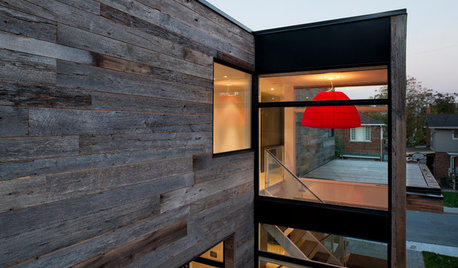

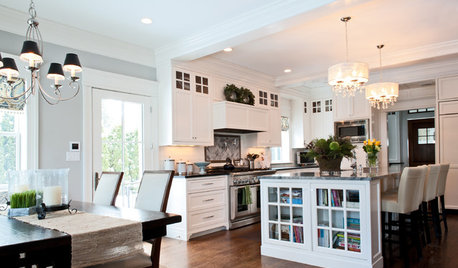
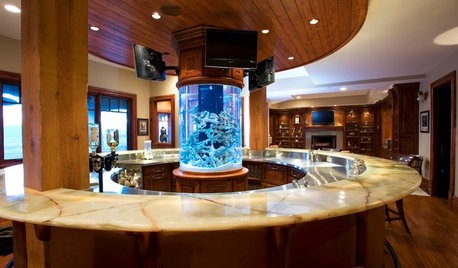
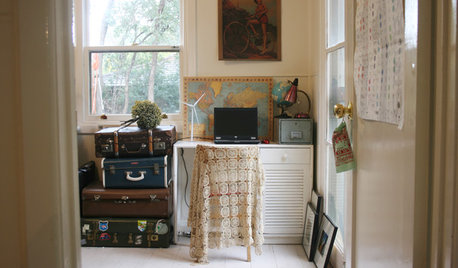

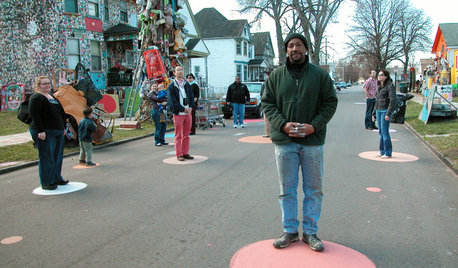
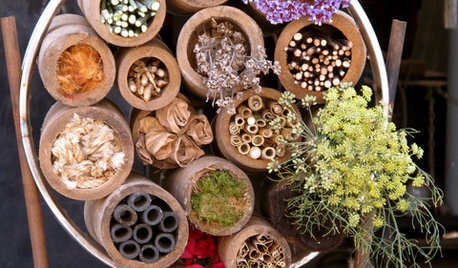
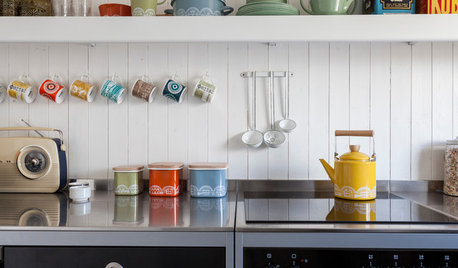
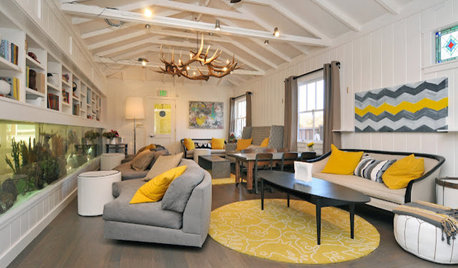






shrubs_n_bulbs
dcarch7 d c f l a s h 7 @ y a h o o . c o m
Related Professionals
Grand Haven Landscape Architects & Landscape Designers · Conroe Landscape Contractors · Fairfield Landscape Contractors · Hollywood Landscape Contractors · Rosemount Landscape Contractors · Wanaque Landscape Contractors · West Orange Landscape Contractors · Hawaiian Gardens Landscape Contractors · Millbury Handyman · Berkeley Fence Contractors · Markham Fence Contractors · Olean Fence Contractors · Anderson Roofing & Gutters · Fitchburg Roofing & Gutters · Cave Spring Roofing & Guttersobject16
object16
rusty_blackhaw
cardiocriniumOriginal Author
object16
object16